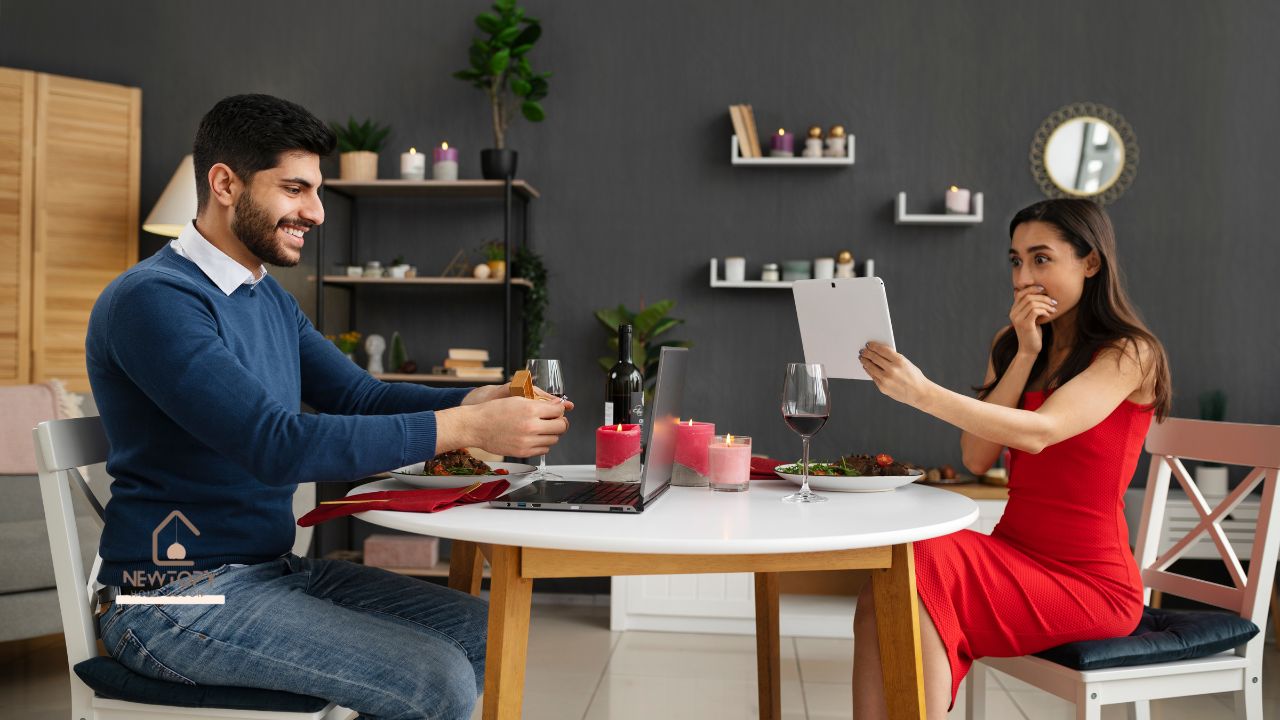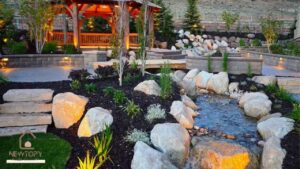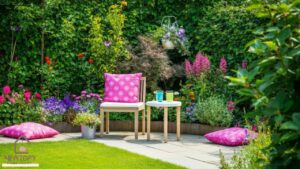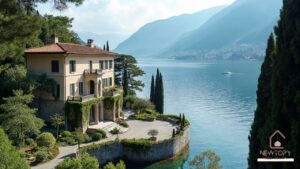Interior design is more than just decorating a space—it’s an art form that can transform a house into a home, a workspace into a sanctuary, or a restaurant into an experience. More importantly, the question “why interior design is interesting mintpaldecor” opens a door to understanding the creativity, psychology, and functionality behind beautifully curated interiors. Below, we explore what makes this discipline truly captivating, while drawing on insights and expertise from Mintpaldecor, a leader in the design space.
Key Highlights
| Key Insight | Description |
| Creativity | Interior design blends art and science to create functional, aesthetic spaces. |
| Emotional Impact | Designs influence mood, productivity, and well-being. |
| Sustainability | Incorporating eco-friendly materials like trees, shrubs, and vines adds a green touch. |
| Luxury Influence | Brands such as luxuryinteriors.org chalet luxe alpes le collectionist set high standards. |
| Natural Elements | Adding house plants Dutch style offers a calming, organic vibe to interiors. |
Dive deeper into these aspects as we unravel why interior design has captivated so many enthusiasts worldwide.
The Art and Science of Creativity

Interior design stands out as a harmonious mix of creativity and technical expertise. Designers use their artistic instincts to craft spaces that not only look stunning but also serve practical purposes.
- Blending Beauty and Functionality
Imagine a spacious kitchen island designed not only for cooking but also for social gatherings. Practical yet visually appealing, right?
- Unique Inspiration Sources
While some designers draw inspiration from nature, integrating trees, shrubs, and vines into interiors, others take cues from luxury settings like those found on luxuryinteriors.org chalet luxe alpes le collectionist or location villa ibiza le collectionist.
- Focus on Personal Expression
Each room becomes a reflection of its inhabitants, allowing personalities to shine through elements like color schemes, layouts, and decorations.
The Emotional Connection to Spaces
Well-designed interiors play a significant role in how we feel in a space. Have you ever walked into a room and felt immediately at ease? That’s the power of interior design at work.
How Design Impacts Mood
Colors, textures, and furniture arrangements can evoke emotions—cozy interiors with warm lighting foster relaxation, while bright, airy layouts boost energy levels.
- Residential designs: Comfortable sofas paired with house plants Dutch style can make homes feel more inviting.
- Workspaces: Design elements like ergonomic furniture and soft colors enhance concentration and productivity.
Real-Life Example
User reviews of Mintpaldecor often highlight how thoughtful designs have transformed their living spaces. One customer wrote, “My previously dull office is now my favorite place to work, thanks to their advice!”
Sustainability in Interior Design

With environmental concerns on the rise, sustainable design practices are becoming more important than ever. By incorporating eco-friendly materials and natural elements, designers can create stunning spaces without harming the planet.
Practical Ways Sustainability Shines
- Using plants and greenery such as trees, shrubs, and vines to purify air and decorate interiors.
- Reclaimed materials for furniture and flooring, reducing waste.
- Designing spaces to optimize natural light, reducing reliance on artificial lighting.
This focus on sustainability benefits homeowners while also leaving a smaller carbon footprint—a win-win!
Luxury Designs Set the Bar High
Luxury interiors exemplify the pinnacle of taste and sophistication. Brands like luxuryinteriors.org chalet luxe alpes le collectionist location villa ibiza le collectionist showcase designs from chalets in the Alps to stunning villas in Ibiza.
What makes luxury interiors so appealing?
- Exclusivity: High-end designs incorporate rare materials and bespoke craftsmanship.
- Personalized comfort: Spaces are tailored to individual preferences, ensuring both function and flair.
From opulent chandeliers to plush textiles, every element in a luxury interior is intentionally curated.
The Resurgence of House Plants in Dutch Style
A trending design movement, house plants Dutch style, emphasizes integrating greenery into interiors. This style enhances ambiance while promoting health benefits like improved air quality and stress reduction.
- Why are they popular? House plants bring life into spaces, creating a fresh and relaxing atmosphere.
- Ideas for Incorporation:
- Use large potted plants in corners for statement pieces.
- Hang vines for a cascading, artistic touch.
- Place small succulents on desks for a minimalist feel.
FAQs About Interior Design
Q1. What is the most important part of interior design?
The balance between functionality and aesthetics. Good design looks great and works even better.
Q2. How do natural elements play a role in interiors?
Nature-inspired designs, like integrating trees, shrubs, vines, or house plants Dutch style, create calming environments and connect us to the outdoors.
Q3. Why is sustainability important in interior design?
Eco-friendly interiors reduce waste, preserve resources, and create healthier living spaces for occupants.
Q4. What sets luxury interior design apart from standard design?
It focuses on exclusivity, personalized details, and high-quality materials, as showcased by luxuryinteriors.org chalet luxe alpes le collectionist location villa ibiza le collectionist.
Final Thoughts
Interior design is so much more than a combination of materials and layouts; it’s about storytelling, emotion, and creating a lifestyle. With insights from Mintpaldecor and influences ranging from luxury trends to sustainable practices, it’s easy to see why interior design is interesting mintpaldecor. Now more than ever, thoughtful designs are shaping how we live, work, and feel each day.
Admin Recommended
Garden Tips for Decoradhouse: Transform Your Outdoor Space
Garden Tips for Decoradhouse: Transform Your Outdoor Space
Discover the Elegance of Luxury Villas in Italy with Le Collectionist
KDArchitects Landscape Ideas by Roger Morph
















